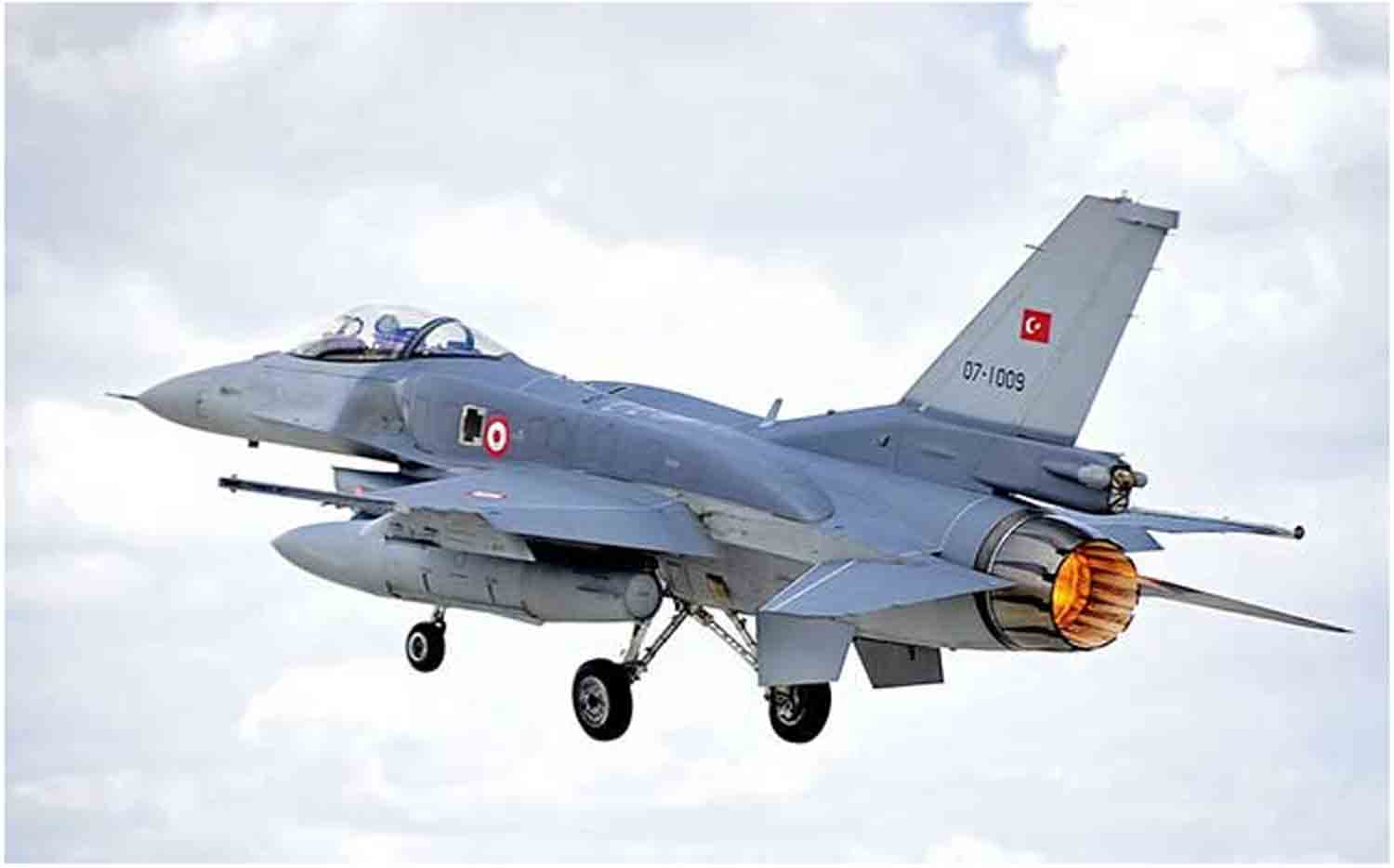Lockheed Martin has secured a significant contract valued at $551 million to enhance the U.S. Navy’s submarine fleet with advanced electronic warfare capabilities. This contract, awarded to Lockheed’s Rotary and Mission Systems division based in Syracuse, New York, positions the company as the lead in the engineering, technical support, and production of the AN/BLQ-10 electronic warfare system, which is essential for modern undersea operations.
The AN/BLQ-10 system serves as a fundamental component of submarine electronic warfare, enabling U.S. submarines to detect and analyze enemy signals, thereby improving their stealth in contested waters. The contract encompasses both new submarines and upgrades for existing vessels, ensuring the fleet remains prepared against emerging threats. Should all options be exercised, the total value of the contract could reach an impressive $1.36 billion, highlighting a substantial commitment to maintaining undersea superiority.
Lockheed’s operations will be based in Syracuse, with an anticipated completion date set for January 2030. To initiate the project, the Navy is allocating $2 million from fiscal 2025 shipbuilding and conversion funds, facilitating immediate development efforts. These funds are not subject to expiration at the end of the fiscal year, allowing for continued progress in the coming years.
Notably, the contract was made available through a full and open competition on SAM.gov, yet Lockheed Martin emerged as the sole bidder, underscoring the specialized nature of this advanced undersea warfare technology. The Naval Sea Systems Command in Washington, D.C., is responsible for overseeing the contract’s implementation, further underscoring the strategic significance of this initiative.
As tensions escalate in critical maritime areas, the importance of electronic warfare has reached new heights. The AN/BLQ-10 system represents a significant advancement, empowering U.S. submarines to operate undetected while gathering essential intelligence on enemy movements and communications. With the evolution of undersea warfare, Lockheed Martin’s recent agreement guarantees that the Navy’s silent fleet remains effective, discreet, and perpetually ahead of potential threats.
The AN/BLQ-10 electronic warfare system has been a fundamental element of the U.S. Navy’s submarine operations, offering a sophisticated layer of defense and intelligence capabilities vital for contemporary naval engagements. Developed by Lockheed Martin, this system is a key component of the electronic warfare arsenal for various submarine classes, allowing them to detect, classify, locate, and identify potentially hostile radar and communication signals while submerged or at periscope depth.
The evolution of the AN/BLQ-10 commenced with its initial technology insertions (TIs), which are systematic upgrades designed to maintain the system’s leading edge in electronic warfare. The first significant upgrade, TI-08, brought improvements in intercepting low-probability-of-intercept radar signals, marking a considerable enhancement in the system’s functionality at that time.
This was succeeded by TI-10, which not only modernized the commercial-off-the-shelf (COTS) processors and displays but also refined the radar narrowband and communications acquisition systems, thereby improving the overall signals collection capabilities.
As the system progressed, the TI-12 upgrades introduced advanced high-performance servers to the Los Angeles-class submarines, establishing standardized cybersecurity protocols for these vessels. This standardization was essential as cyber threats grew more complex.
The TI-14 version further enhanced the system with updates to commercial off-the-shelf (COTS) processors and displays, as well as improvements to the first generation of the Electronic Warfare Server. These enhancements were vital for equipping electronic support system operators with improved situational awareness, a crucial element in undersea warfare.
In more recent advancements, the TI-20 phase represented a major upgrade for both Virginia-class and the forthcoming Columbia-class submarines, concentrating on new construction and modernization of in-service vessels. This phase focused on incorporating cutting-edge electronic warfare technologies to ensure these submarines could effectively address contemporary threats.
The TI-22 phase maintained this progress, implementing specific upgrades for the Los Angeles-class, Seawolf-class, and Ohio-class submarines, thereby enhancing their electronic warfare capabilities to align with the changing naval strategies and technologies.
The most recent iteration, TI-24, builds upon earlier enhancements by prioritizing both new construction and the modernization of the existing fleet. This phase emphasizes the integration of the system into the new Columbia-class ballistic missile submarines, which are intended to succeed the aging Ohio-class.
The AN/BLQ-10 system processes signals from imaging masts or periscopes, delivering threat alerts to prevent counter-detection and collisions, identifying target locations for engagement, and conducting intelligence, surveillance, and reconnaissance operations to support fleet or battle group missions.
One of the fundamental features of the AN/BLQ-10’s design is its dedication to an open architecture framework. This strategy facilitates the development of modular and interoperable systems that can incorporate new technologies without necessitating a complete replacement of existing infrastructure. Such an approach not only minimizes expenses but also accelerates the integration of new functionalities, thereby ensuring that the U.S. Navy’s submarines maintain a leading edge in electronic warfare.
Lockheed Martin has played a significant role in these enhancements, with ongoing contracts focused on design, prototyping, qualification testing, and production. The company’s operations in Syracuse, New York, have been crucial, highlighted by a recent $312 million contract modification in 2024, which reinforces their commitment to advancing the AN/BLQ-10 through TI-20, TI-22, and TI-24.
These enhancements encompass not only hardware improvements but also extensive software development, ensuring the system can respond effectively to the evolving landscape of electronic threats.
Consequently, the AN/BLQ-10 exemplifies the ongoing advancements necessary in naval warfare technology. It is not just a static piece of equipment but a dynamic, adaptive system that embodies the U.S. Navy’s dedication to preserving dominance in undersea electronic warfare.
As global naval powers such as China enhance their capabilities, the significance of systems like the AN/BLQ-10 becomes increasingly critical, ensuring that American submarines can operate efficiently and securely in contested maritime environments.
Discover more from Defence Talks | Defense News Hub, Military Updates, Security Insights
Subscribe to get the latest posts sent to your email.





